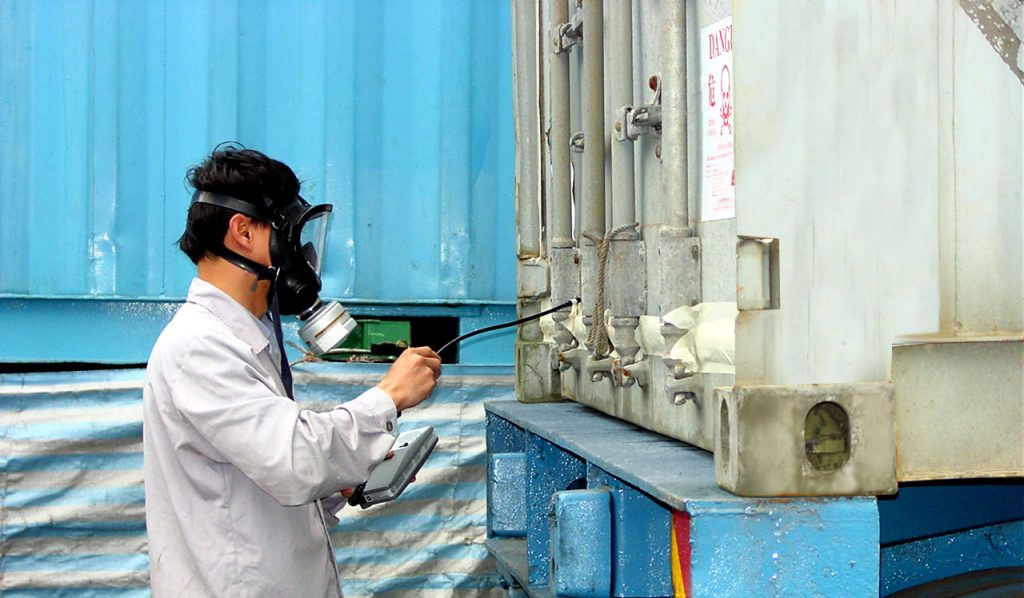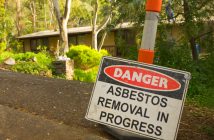A new study by the European Agency for Safety and Health at Work (EU-OSHA) has reviewed the risks to workers when opening fumigated shipping containers

The study identifies significant gaps in preventive measures and makes recommendations that should be implemented to improve the safety and health of workers.
Each year, more than 600 million freight containers are shipped worldwide, most of which are frequently treated with pesticides to prevent damage to the goods.
Agents used for this purpose have known toxic or irritant properties and can have long-term effects on the cardiovascular and central nervous systems, for instance phosphine (PH3), methyl bromide (MeBr) and formaldehyde.
Workers at ports who open these containers, for example during customs inspections, can be exposed to these harmful agents.
The report indicates that this problem has been underestimated.
Despite the potential for exposure, standard safety and health measures and documentation to protect the workers have been introduced in only a few cases.
The report aims to provide an overview of the current knowledge of the situation and to recommend how to minimise these risks to workers’ safety and health.
The report — produced in response to a need identified by the European Commission’s Sectoral Social Dialogue Committee — describes a number of problems including:
- fumigated containers are almost never labelled as fumigated
- insufficient safety procedures when opening and unloading fumigated containers
- appropriate risk assessments not carried out
- lack of a clear, standardised screening protocol to check for residual fumigants
- under-reporting of incidents of adverse health effects.
A number of changes to current practice could vastly improve the safety and health of the workers in question.
The report includes a number of preventive actions, strategies and recommendations:
- do not open containers until a risk assessment concludes that it is safe to do so – this could be based on shipping documents or approved measurements of the container atmosphere, if necessary after ventilating it
- introduce adequate monitoring equipment and standardised screening procedures for fumigated containers – the tools used for screening should detect MeBr and PH3(and other fumigants if possible) with sufficient sensitivity to accurately detect a level of at least 10 % of the occupational exposure limit
- enforce legislation regarding the labelling of fumigated containers – a uniform approach across is needed to avoid competition at the expense of safety and health
- identify containers that might pose a health risk to workers – clear, standard labelling is needed (including the use of symbols where there may be a language barrier)
- create and implement standard procedures for off-gassing (replacing the air) and ventilating fumigated containers
- distribute information packs offering guidance on personal protective equipment and risk assessment; these should be easily understandable to all workers who may be exposed to fumigated containers.




